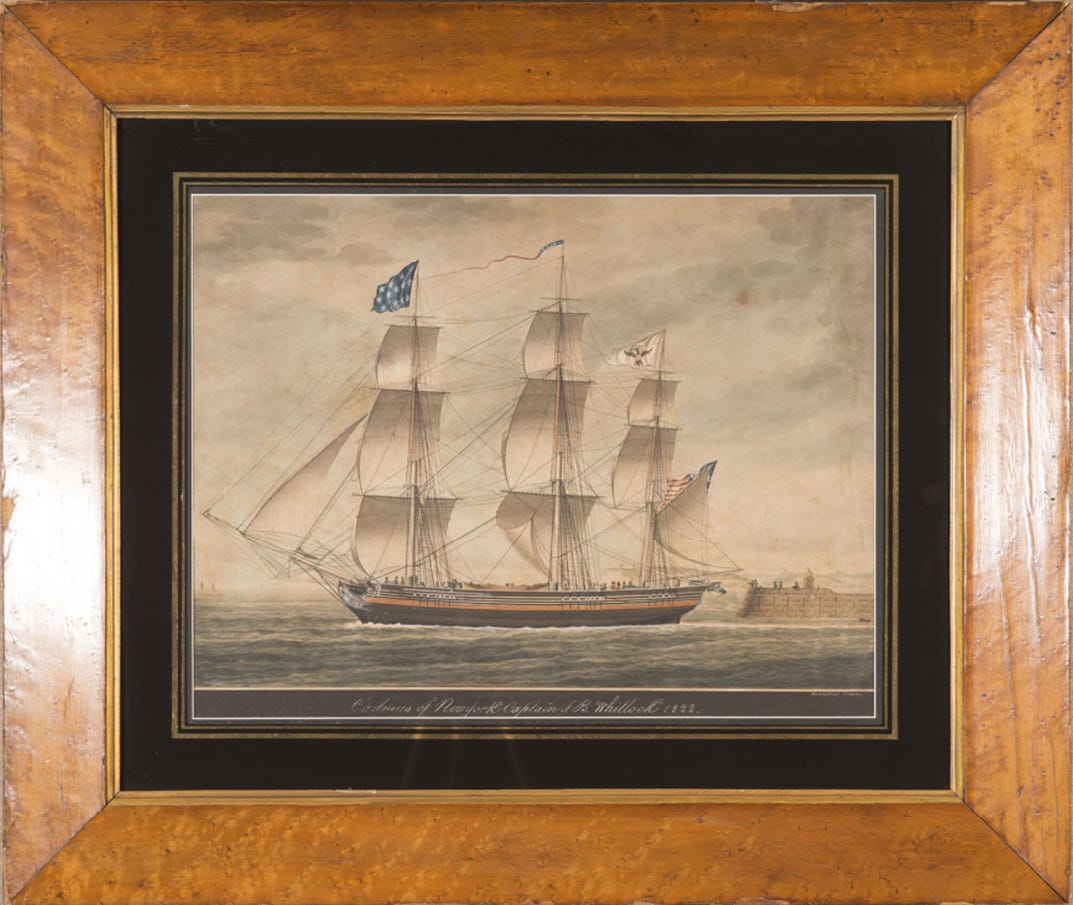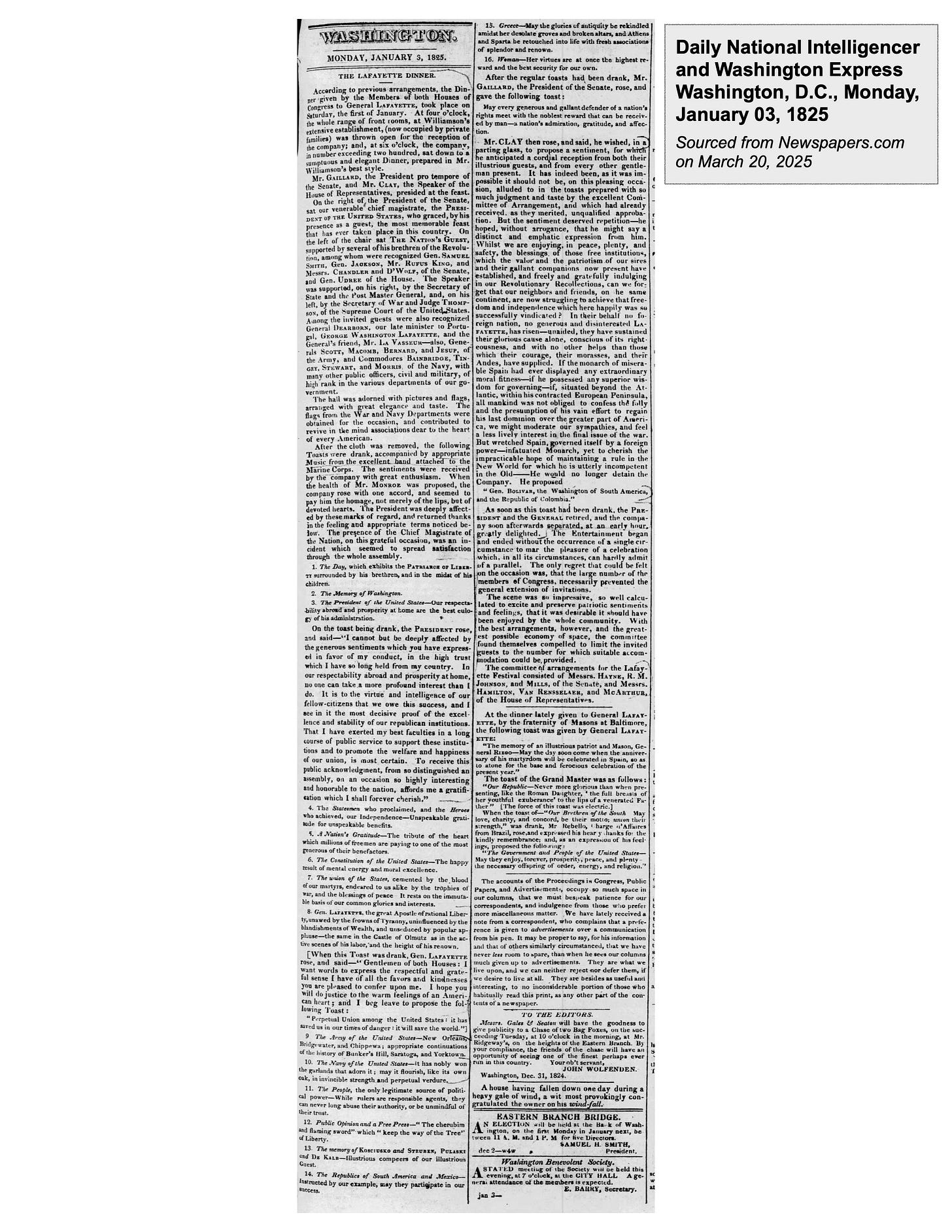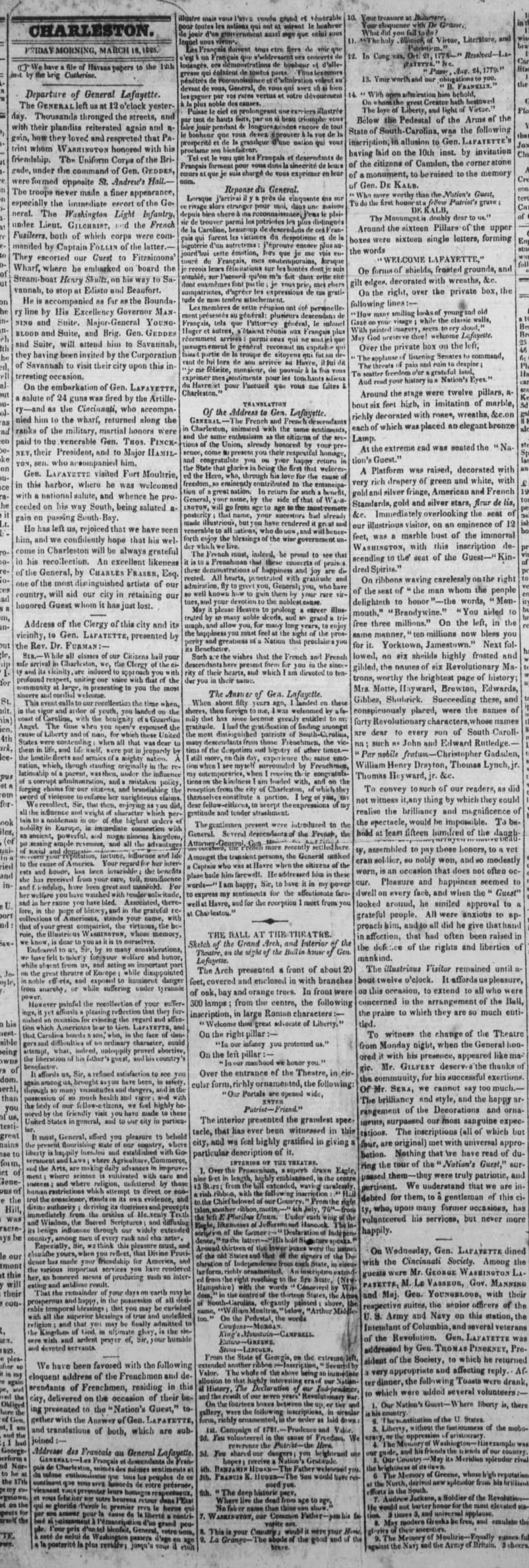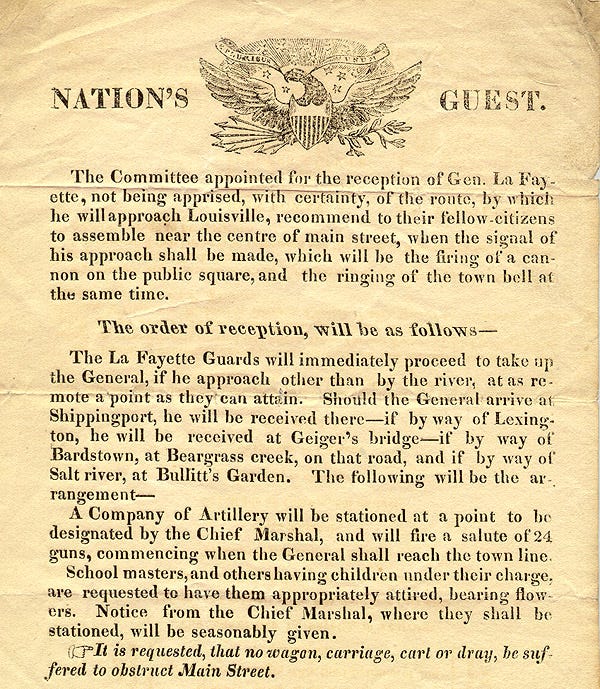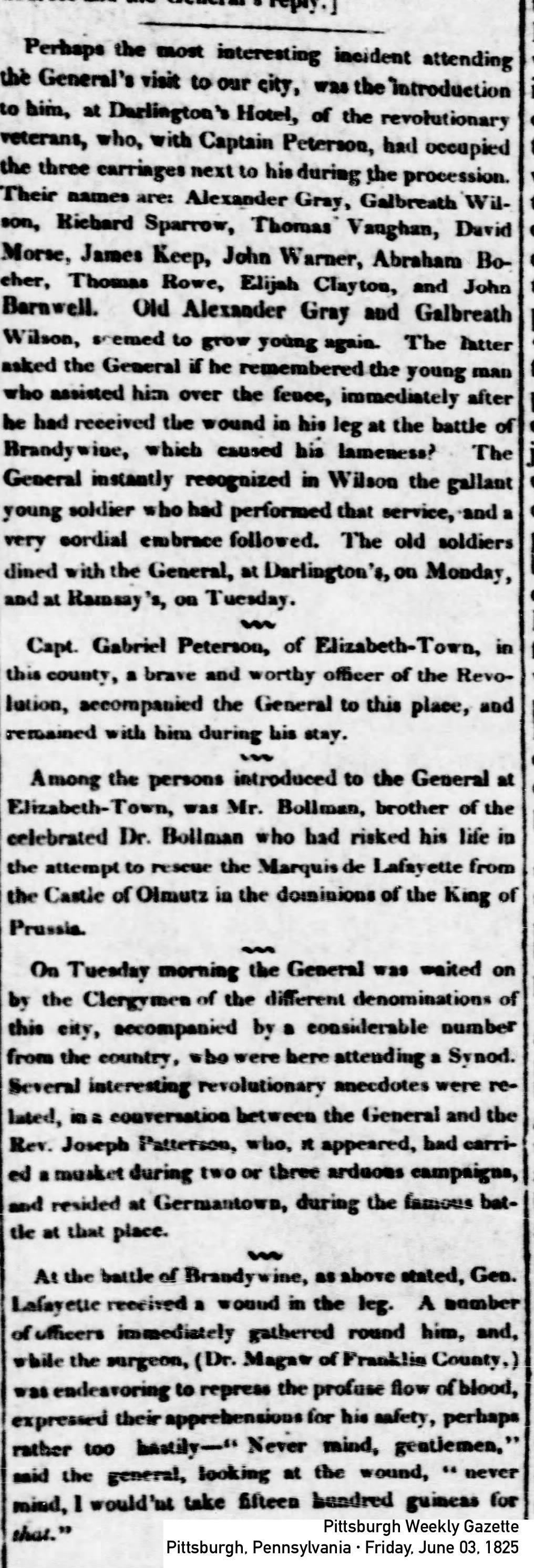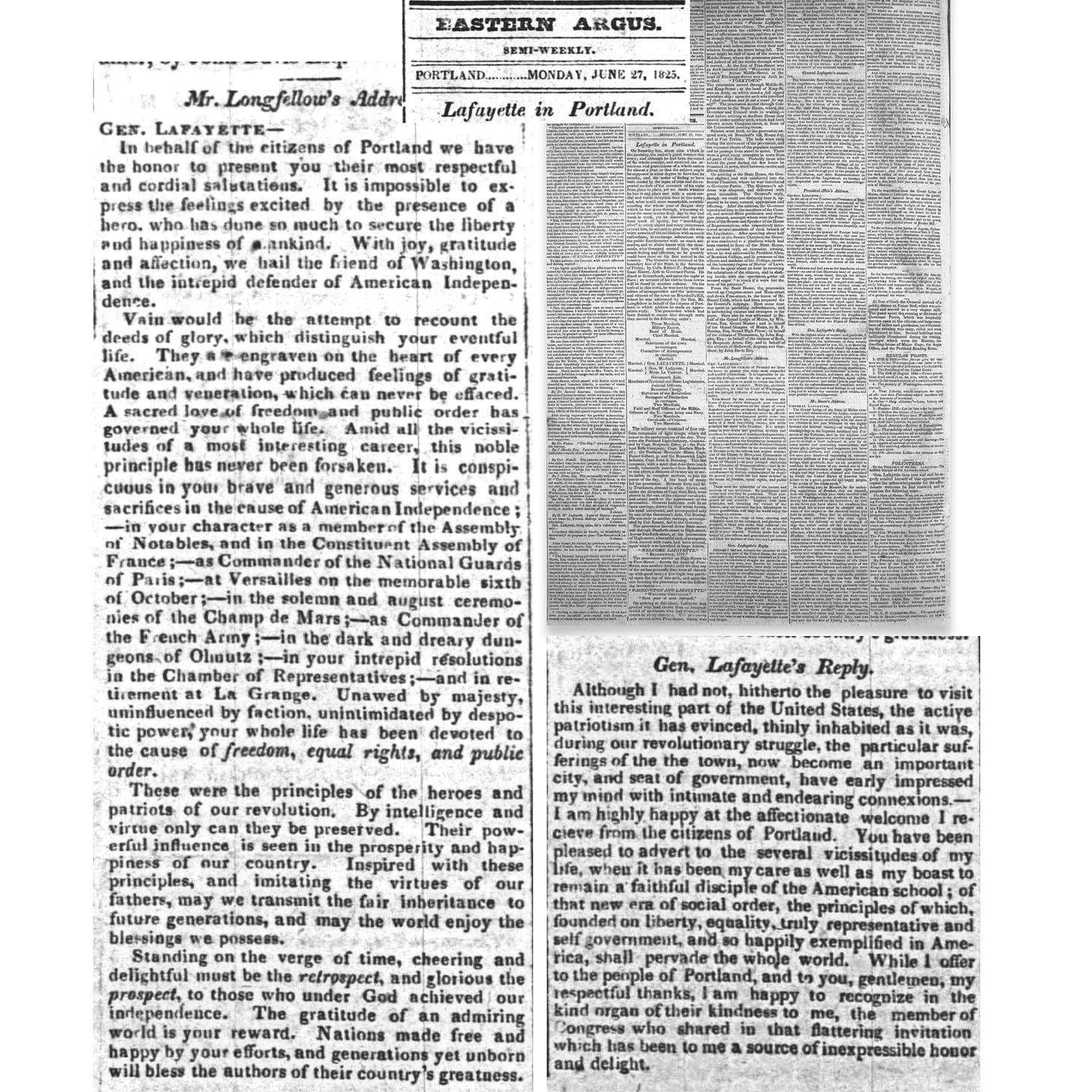Using Images Embedded in a Knight Lab Timeline
In preparing the Project Recipe for the Lafayette Timeline, there were some images that through accessible could not be embedded. This provides a link to an S3 archive accessible to the timeline.
This post includes images referenced in the Lafayette Project timeline as described in the Lafayette Project Recipe.
Overview
In the Lafayette Project timeline described in the Lafayette Project Recipe, each piece of displayed media is embedded from elsewhere. Embedding is a powerful mechanism that allows web content to remain on one site while being visible on another. The techniques for doing this have been used on the web with iFrames or oEmbed protocols for decades. These are the mechanisms YouTube or Vimeo use to display their video content on web pages.
The tricky part
Virtually every platform that supports embedding does so with restrictions. These restrictions allow them to manage malicious content and focus their users on the behaviors they want to support. The TimelineJS tool developed by Northwestern’s Knight Lab is no different. Their documentation pages define support for a variety of link types, but all media must be linked.
Some of the media (particularly images) found to describe events in the timeline were shared as file downloads. These could not be linked into the Google Sheet used by the timeline Javascript. To make the timeline work, I needed to post a few of the images somewhere that their links would be public and embeddable into the timeline.
Dropbox is a go-to tool for this sort of thing, but I didn’t want the images to be exclusively under my control. An accidental deletion of that folder would result in failed links for everyone using the timeline.
Instead, I discovered that images included in a Substack post are archived at Amazon S3 servers with exceptional uptime. By posting the problematic images in a single post and linking to those images with a “copy image address,” I produced readily accessible public links.
This post with dateline references for each of the images in the timeline provides that service. Essentially, it’s a backend interface for these otherwise stranded images. I don’t recommend this for everyone, but it works and will be reliable.
For detailed information about each of these images, please explore:
Lafayette’s Party
1824: August 14 | Cadmus arrives off Sandy Hook
1824: August 15 | Daniel Tompkins Residence (overnight)
1824: November 22 | Town Hall, Gray's Tavern
1825: January 1 | New Year's Lafayette at the White House
1825 January 25 | Dinner at Union Hotel, Ball at Eagle Hotel
1825: March 17 | Departure from Charleston - Fitzsimmon's Wharf
1825: March 21 | Lafayette lays the Nathaniel Greene Monument Cornerstone
1825: May 8 | Shipwreck of the steamboat Mechanic in the Ohio River
1825: May 12 | Arrives at Louisville, Kentucky
1825: May 30 | Banquet, possibly at Darlington Hotel
1825: June 4 | Lafayette Greeted in Buffalo by Seneca Chief Red Jacket
1825: June 13 | Joseph Merrick's Coffee House, Pittsburg, MA
1825: June 22 | Reception at the State House, Concord, New Hampshire
1825: June 26 | Lafayette arrives in Portland, Maine
1825: September 7 | Final Departure Escorts
Author’s slide at the very end on September 8, 1825
Community Connection
The images below are referenced in the dozen or so submissions to the Projectkin community connection group. They do not appear in the base data shared in the project recipe.
1825 May 5 | Stop in Shawneetown, visits the Rawlings Hotel
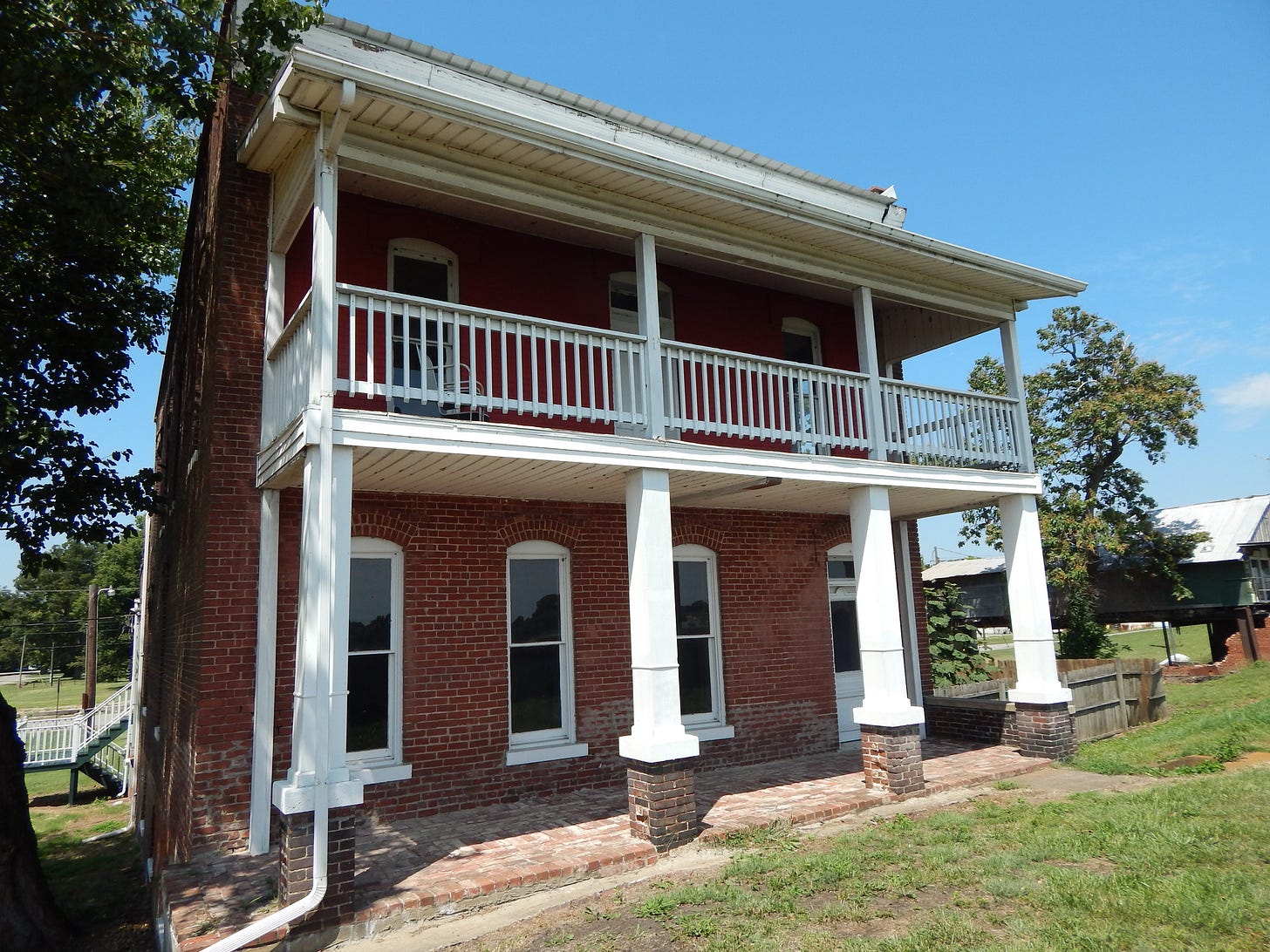
1825: May 20 | Ezekiel Ross (1756 - 1845), Revolutionary War Veteran

1825: May 11 | Rudolf Zweydorf (1791-1875)

1825: June 13 | Aaron Drake (1735 - 1825), Revolutionary War Veteran
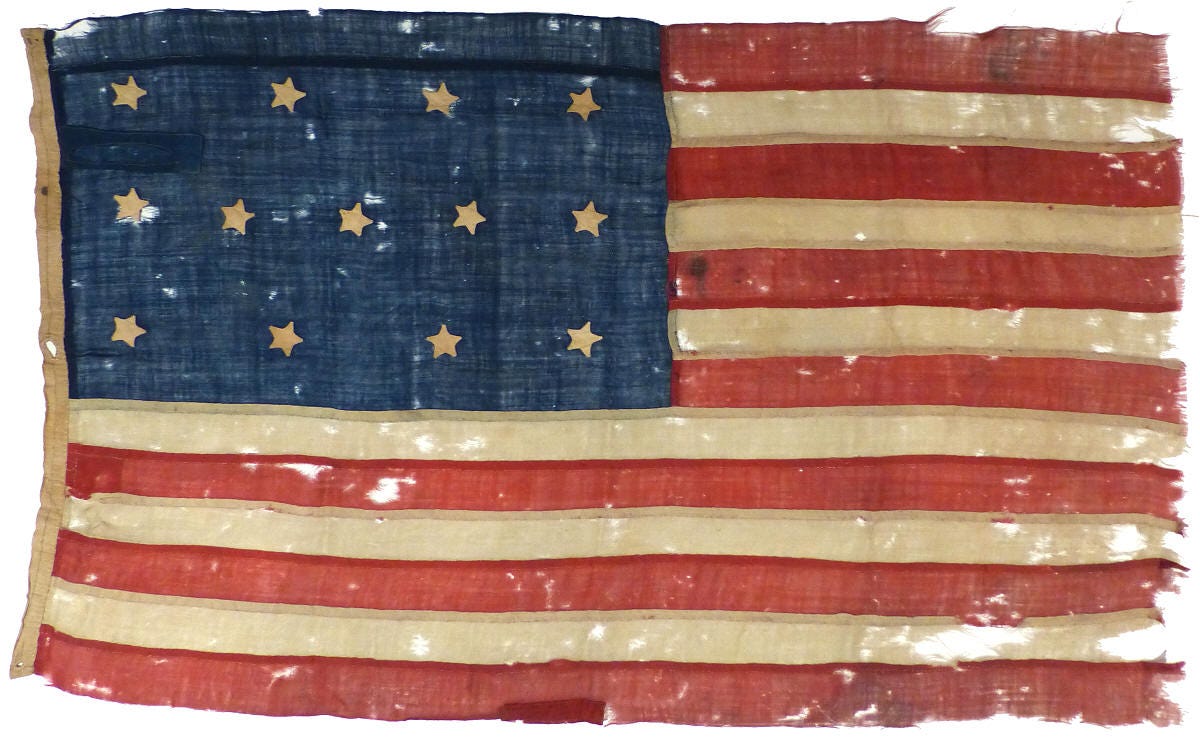
Want to know more about Projectkin and these kinds of projects?





